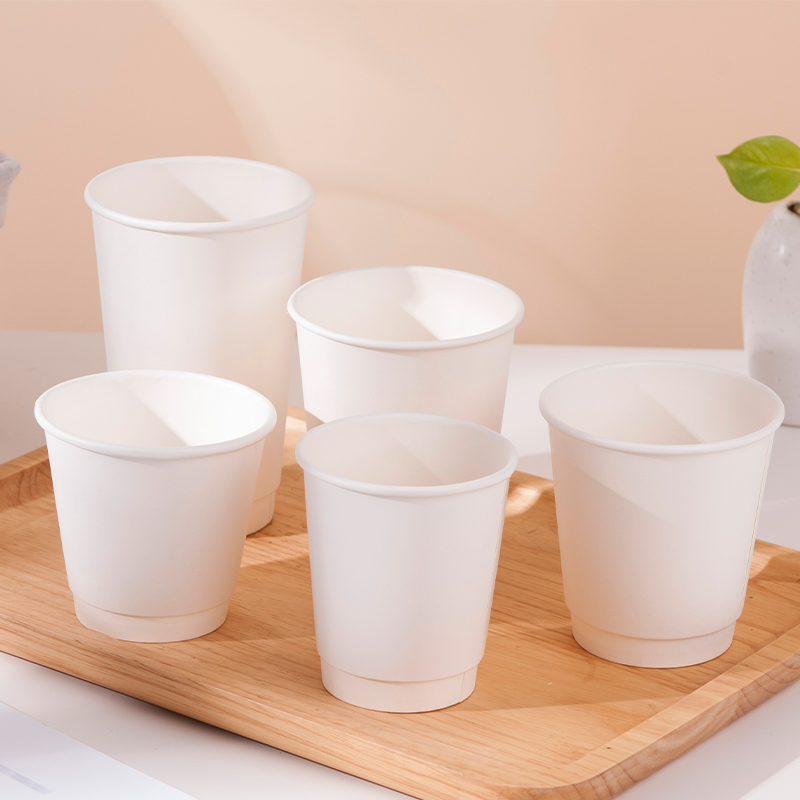Leakproof cup lids are designed to accommodate various types of beverages, including both hot and cold liquids, by incorporating several features and design considerations that help prevent leaks and spills. Here's how they achieve this versatility:
Sealing Mechanism:
Leakproof lids typically have a sealing mechanism, such as a gasket or a silicone seal, around the edge of the lid. This seal creates a tight fit when placed on the cup, preventing liquid from escaping.
Lid Material:
The materials used for leakproof lids are often designed to withstand a wide range of temperatures. They are typically made from food-grade plastics like polypropylene or polystyrene, which are heat-resistant and can withstand both hot and cold beverages.
Heat Resistance:
Leakproof lids are designed to withstand the heat of hot beverages without warping or deforming. This ensures that the lid maintains its seal integrity even when exposed to high temperatures.
Cold Resistance:
Similarly, leakproof lids are designed to remain pliable and functional in cold temperatures. They won't become brittle and crack when exposed to cold liquids or refrigerated conditions.
Venting Mechanisms:
Many lids, especially those used for hot beverages, include venting mechanisms such as sip-through holes or steam vents. These vents allow steam to escape while still maintaining a seal against liquid leakage.
Sipper Spouts or Drinking Holes:
Lids often have a designated area for sipping or drinking, which can be sealed when the lid is closed. These openings are designed to control the flow of liquid and prevent spills while allowing the user to comfortably drink from the cup.
Snap-On or Screw-On Design:
Leakproof lids can have either a snap-on or screw-on design. Snap-on lids are easy to attach and remove, while screw-on lids provide an extra layer of security and are often preferred for hot beverages.
Compatibility:
Leakproof lids are designed to fit specific cup sizes and styles. They are manufactured to match the rim diameter of the cup, ensuring a secure fit and preventing leaks.
Quality Control:
Manufacturers of leakproof lids typically implement quality control measures to ensure that the lids effectively seal and prevent leaks. This includes regular testing to validate the lids' leakproof performance.



 English
English 中文简体
中文简体













